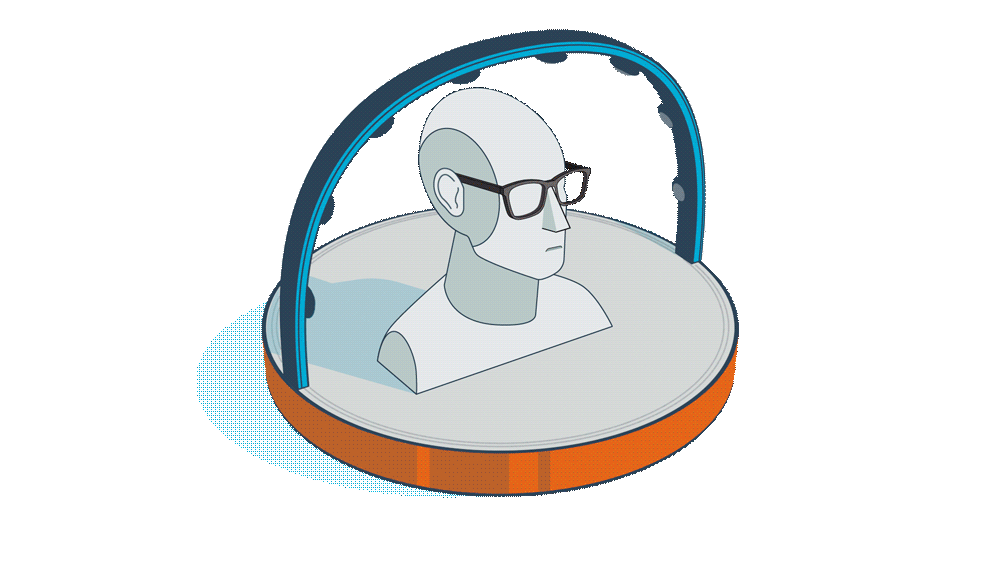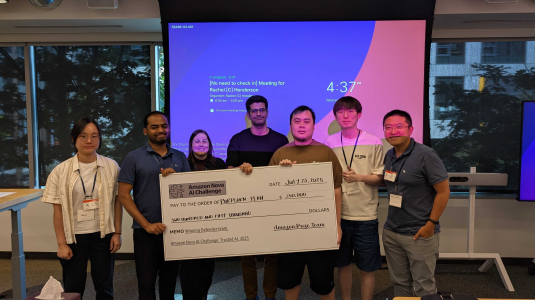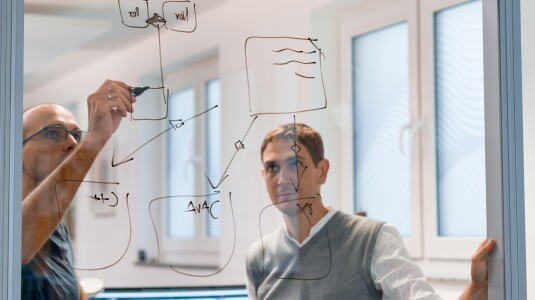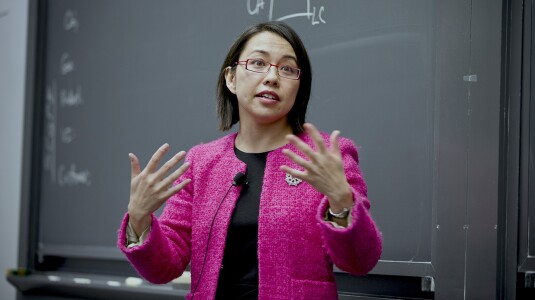Customer-obsessed science


Research areas
-
August 11, 2025Trained on millions of hours of data from Amazon fulfillment centers and sortation centers, Amazon’s new DeepFleet models predict future traffic patterns for fleets of mobile robots.
-
Featured news
-
2024Recent advancements in Multimodal Large Language Models (MLLMs) have revolutionized the field of vision-language understanding by integrating visual perception capabilities into Large Language Models (LLMs). The prevailing trend in this field involves the utilization of a vision encoder derived from vision-language contrastive learning (CL), showing expertise in capturing overall representations while facing
-
2024Convolution augmented Transformer architectures have dominated the field of automatic speech recognition by showing better WER results when the models are trained on relatively smaller training data. In this work, we revisit the necessity of convolution modules in the ASR encoder architecture, given that the inductive bias brought by the convolution modules may only boost performance in a low training data
-
2024Recent advancement in the large-scale image-text pre-training model (such as CLIP) has significantly improved unsupervised domain adaptation (UDA) by leveraging the pre-trained knowledge to bridge the source and target domain gap. However, Catastrophic forgetting still remains to be the main challenge, since traditional fine-tuning method to adjust CLIP model weights on a target domain can quickly override
-
VLDB 20242024Amazon Aurora Serverless is an on-demand, autoscaling configuration for Amazon Aurora with full MySQL and PostgreSQL compatibility. It automatically offers capacity scale-up/down (i.e., vertical scaling) based on a customer database application’s needs. In this manner, it relieves the customer of the need to explicitly manage its database capacity; customers only need to specify minimum and maximum bounds
-
2024This paper introduces a robust unsupervised SE(3) point cloud registration method that operates without requiring point correspondences. The method frames point clouds as functions in a reproducing kernel Hilbert space (RKHS), leveraging SE(3)-equivariant features for direct feature space registration. A novel RKHS distance metric is proposed, offering reliable performance amidst noise, outliers, and asymmetrical
Academia
View allWhether you're a faculty member or student, there are number of ways you can engage with Amazon.
View all






























